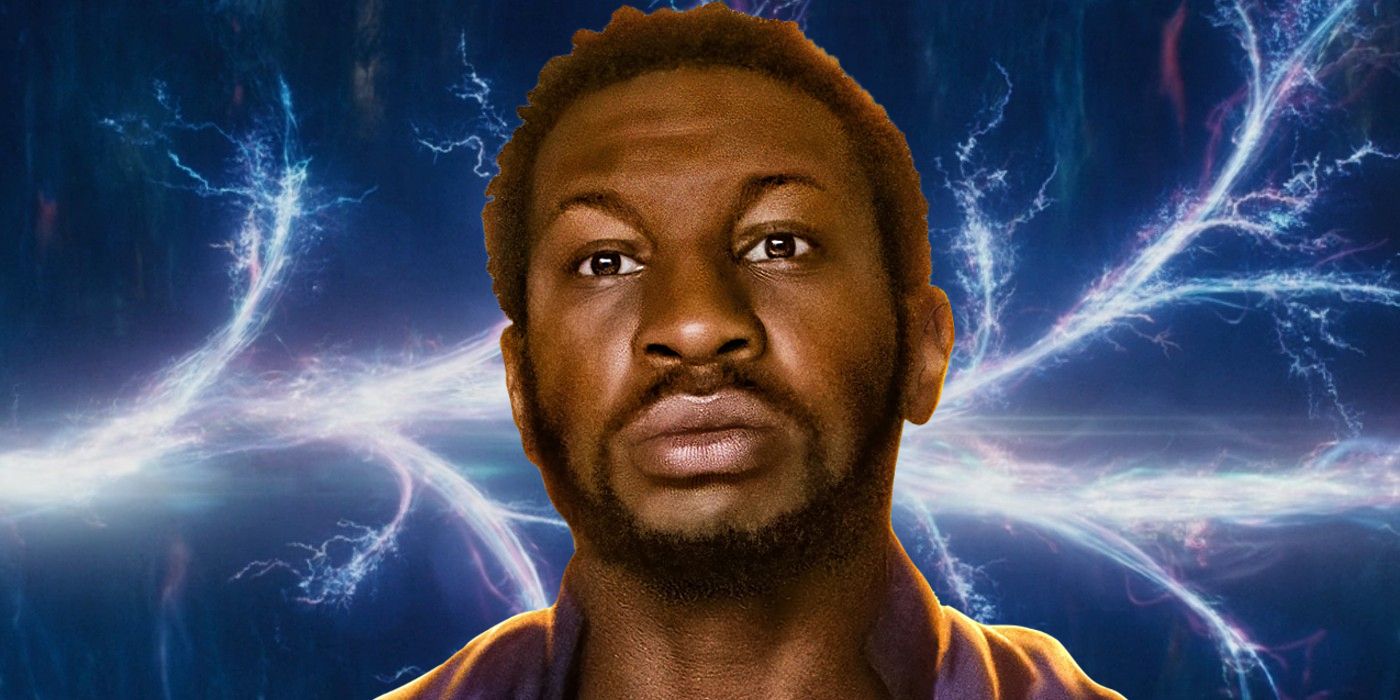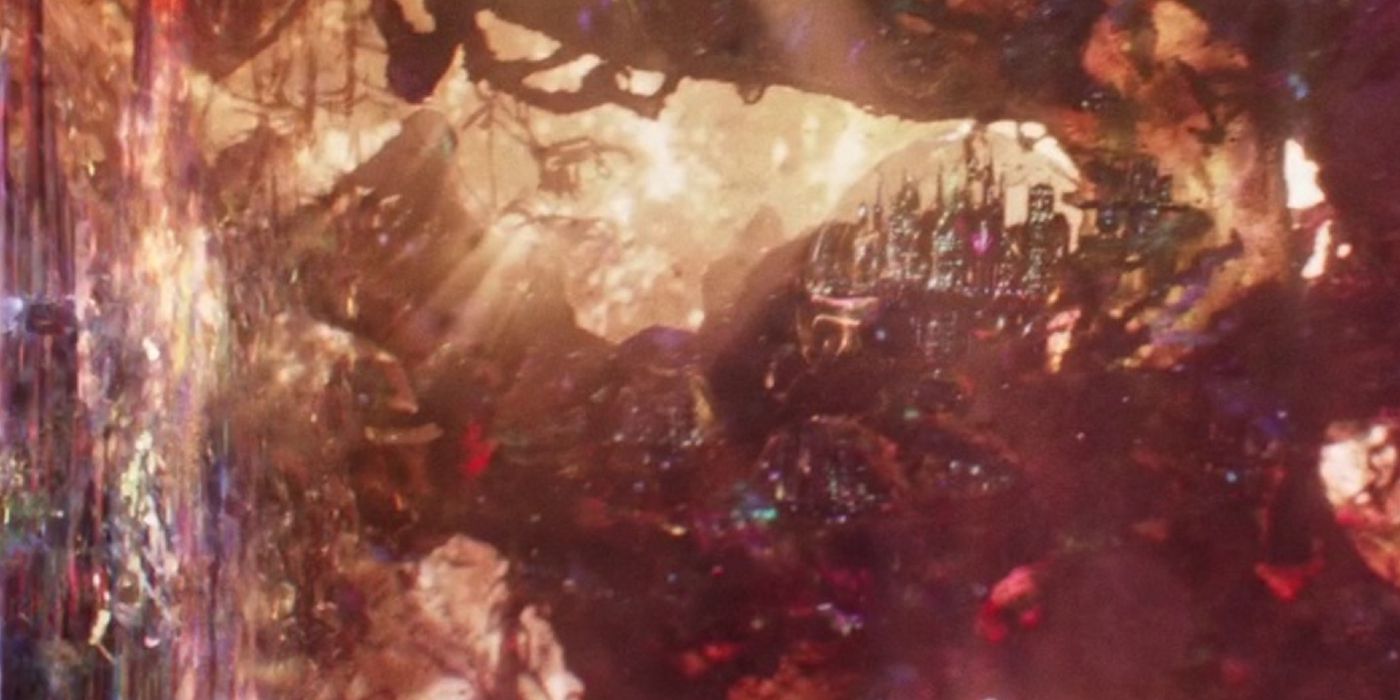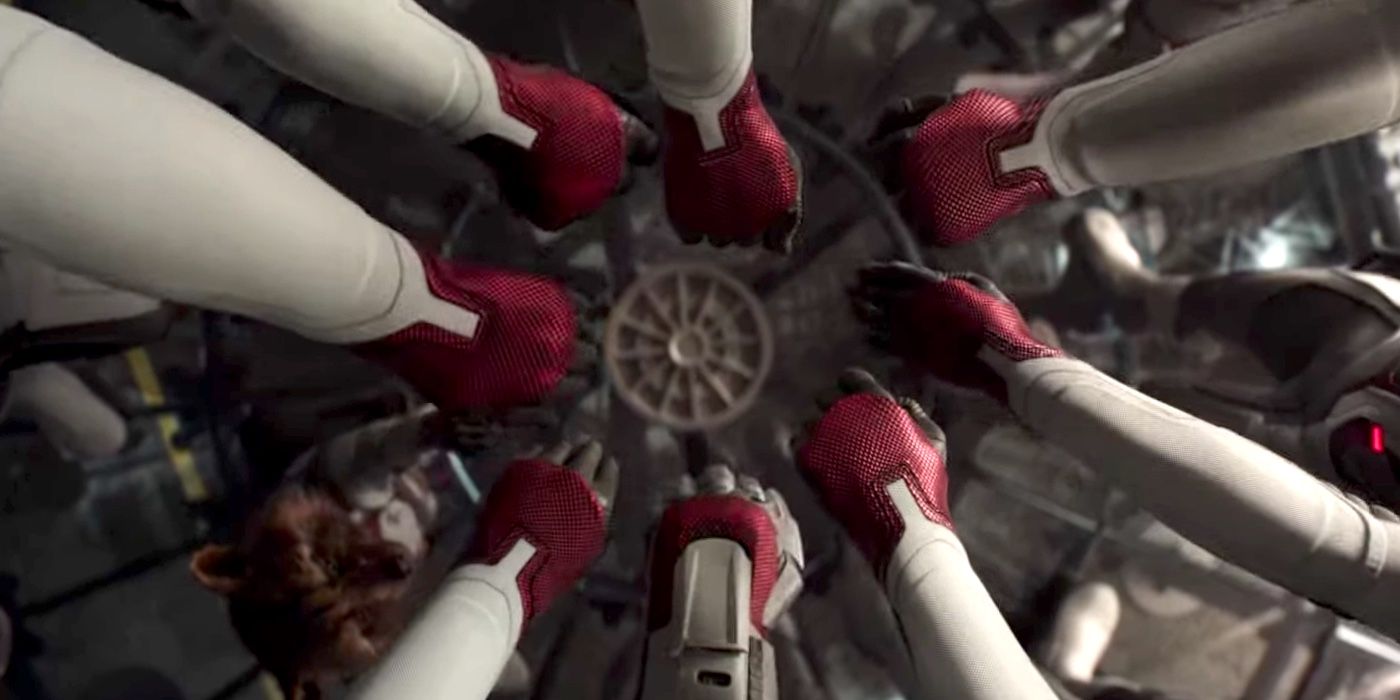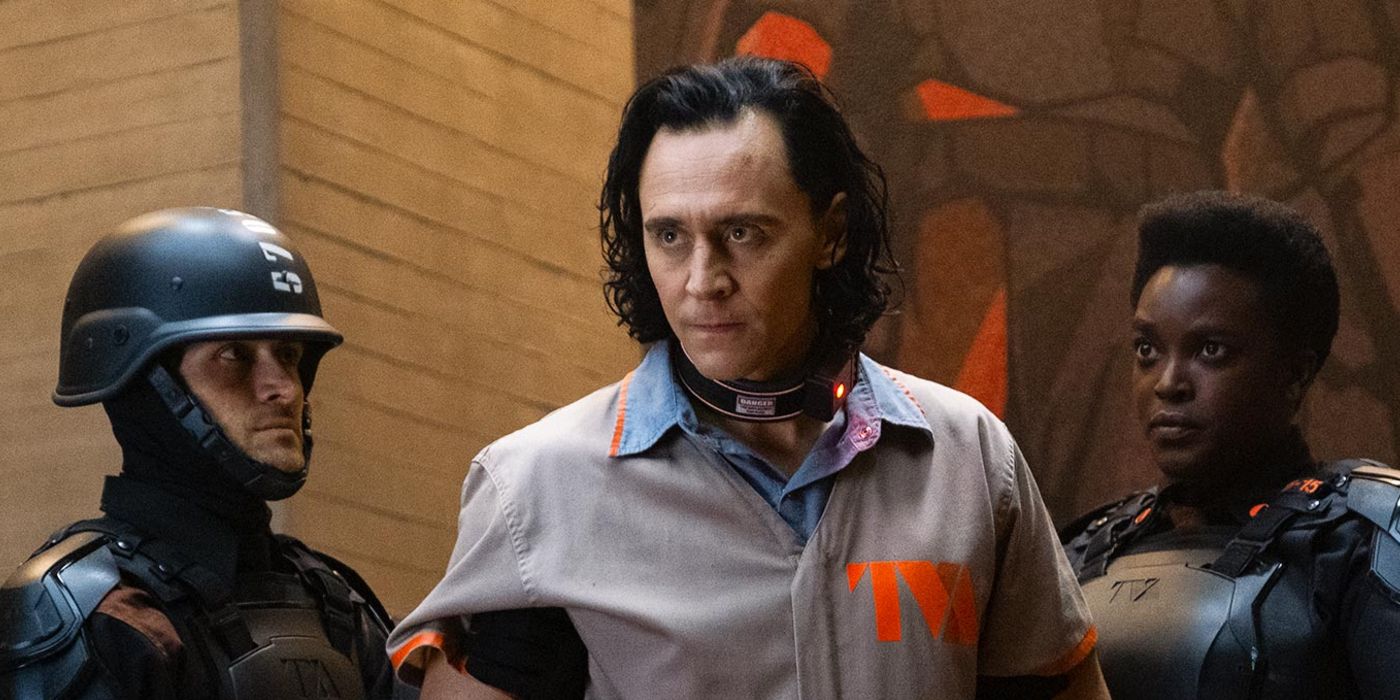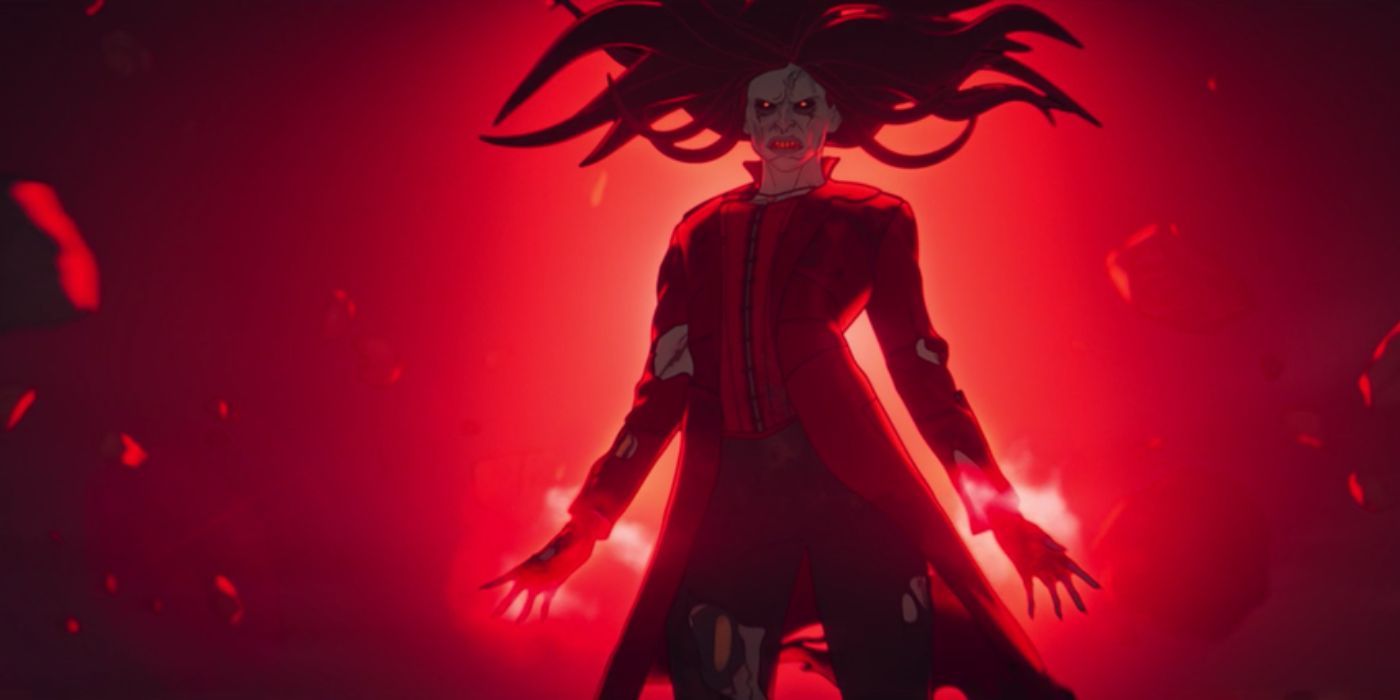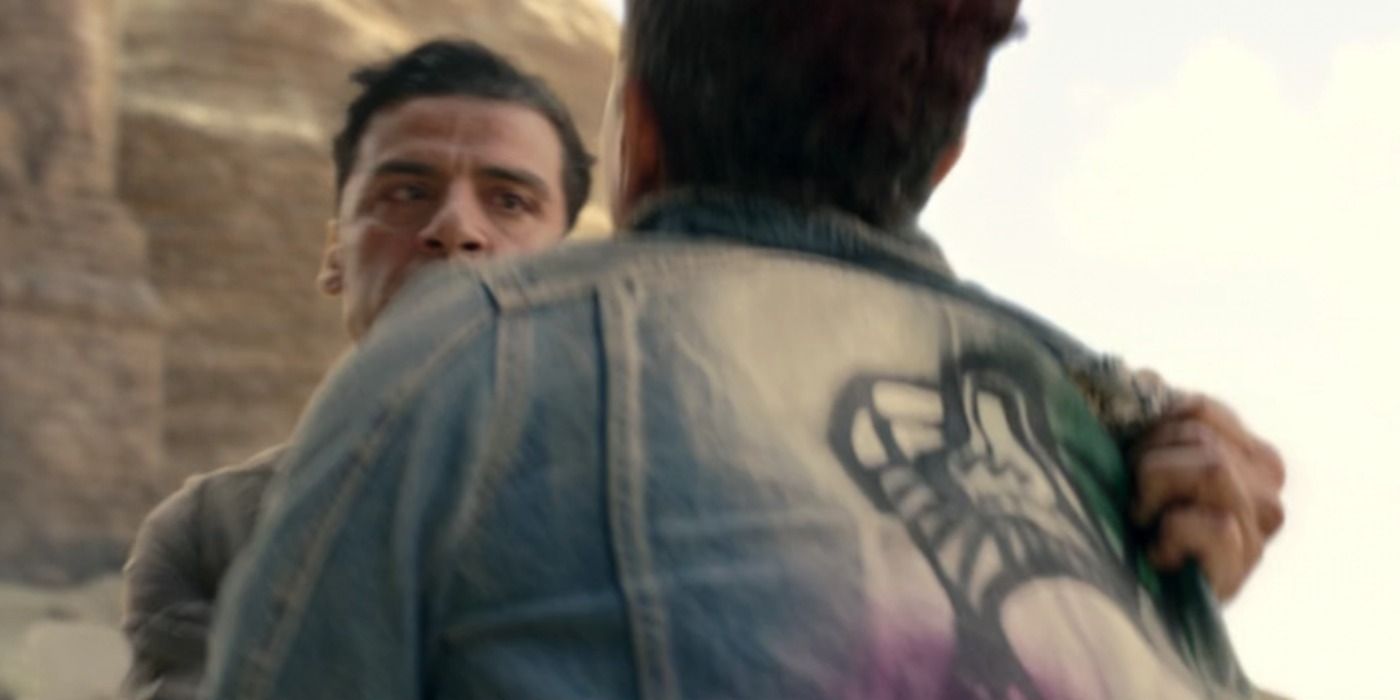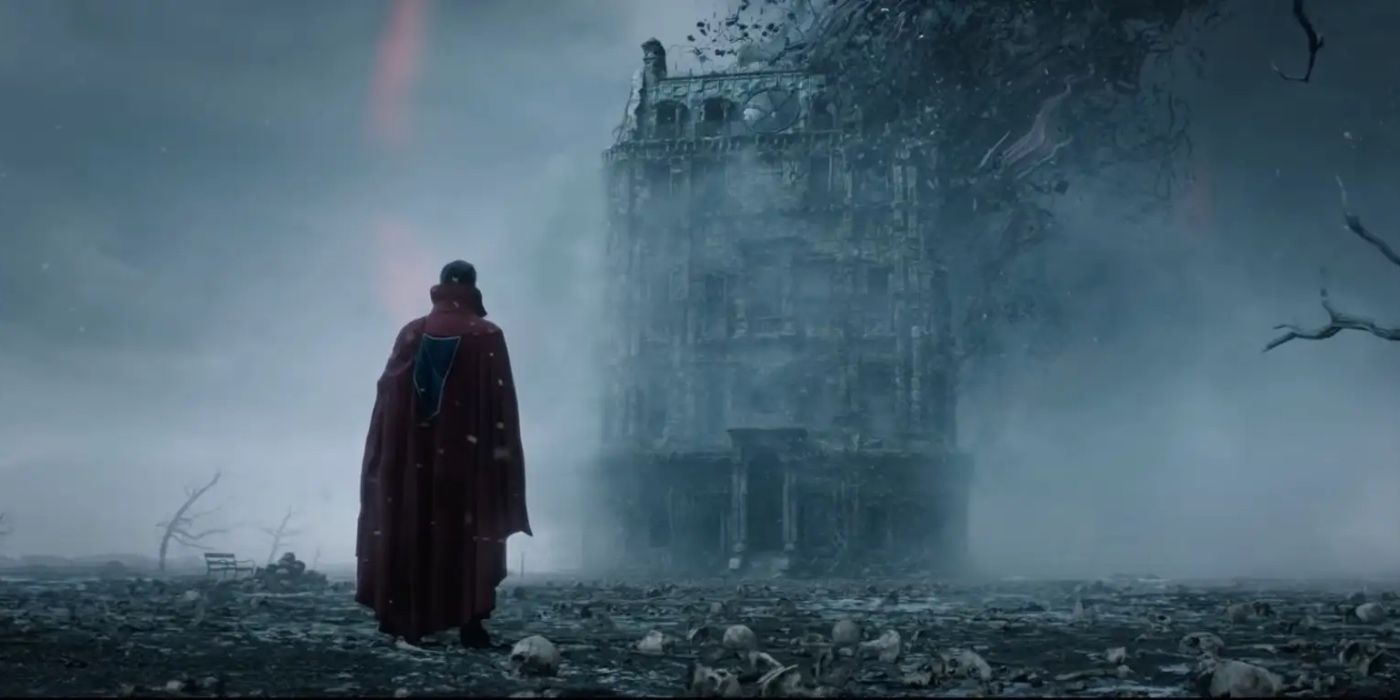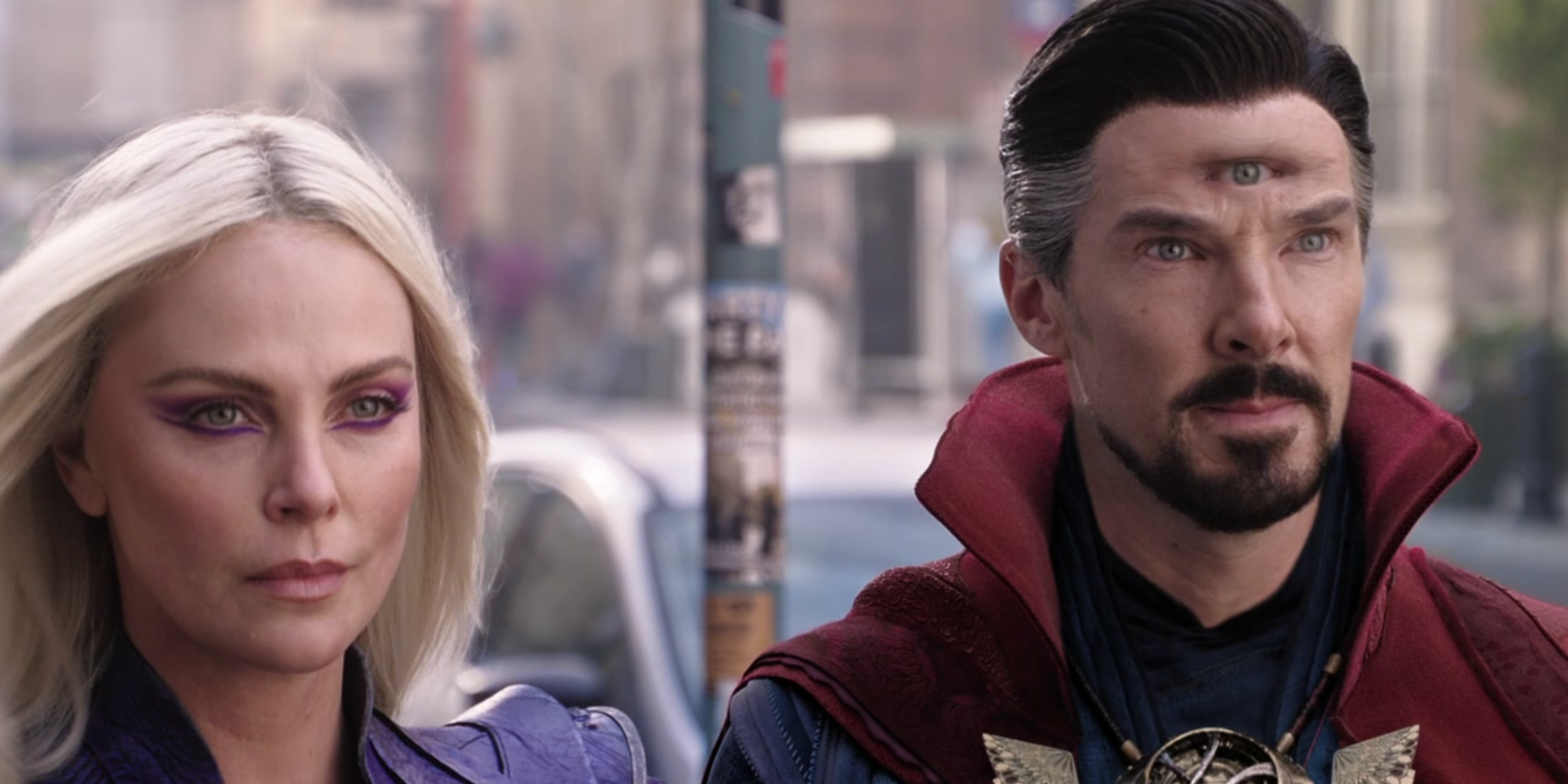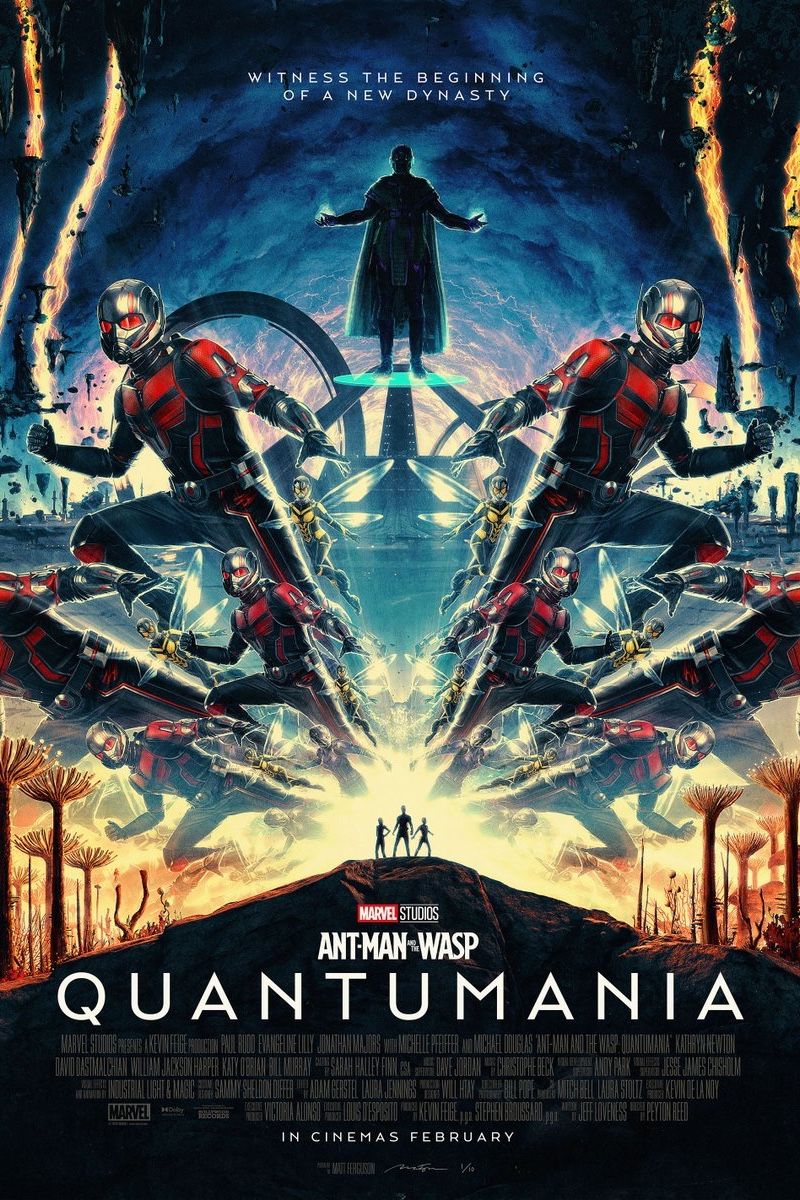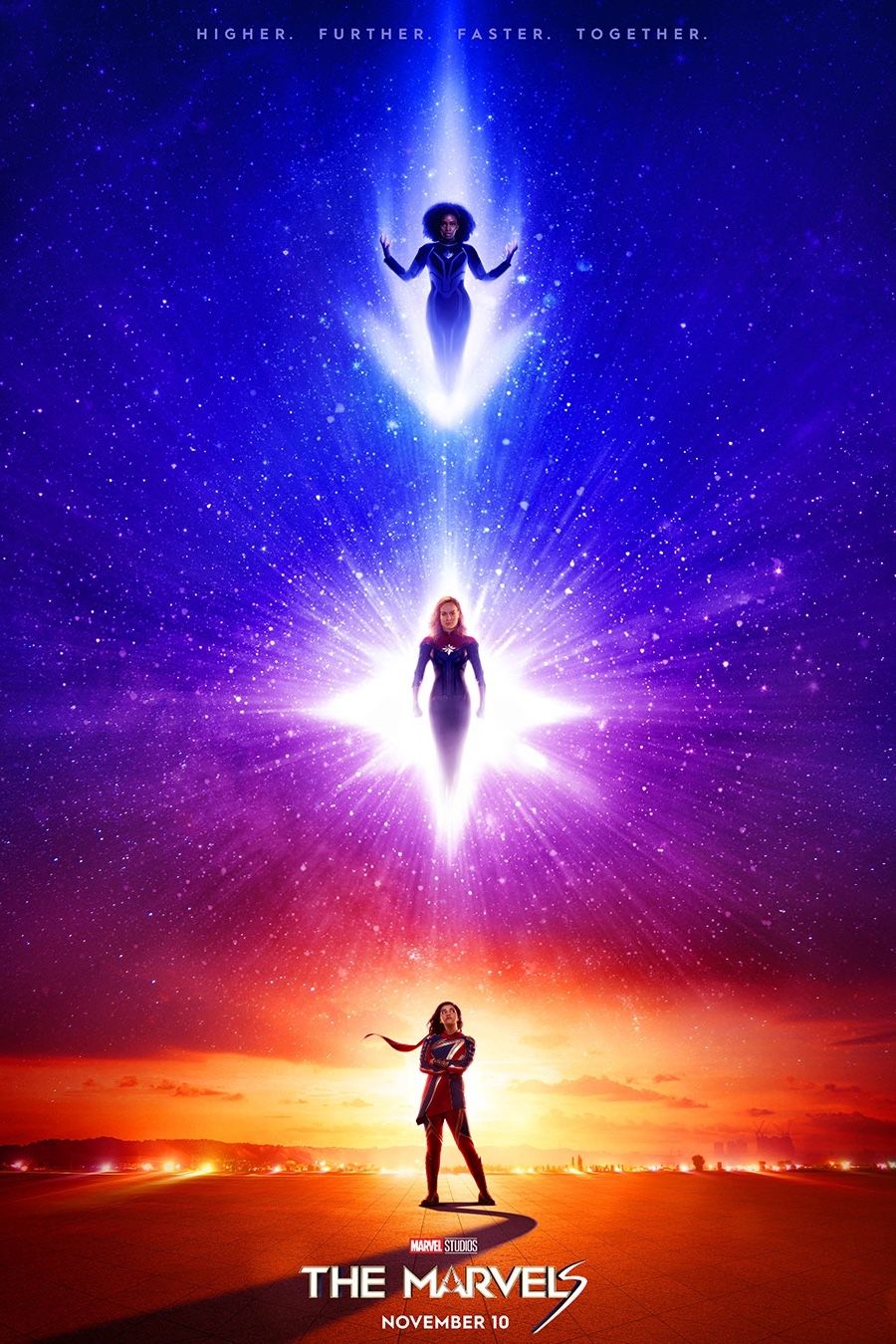Marvel officially announced Avengers: The Kang Dynasty and Avengers: Secret Wars at San Diego Comic-Con 2022, but the MCU has been setting these stories up for years. Marvel Studios president Kevin Feige has always promised the studio would only go to San Diego Comic-Con when they were ready to "over-deliver" - and that was certainly the case in 2022, with Marvel announcing their entire Phase 5 slate before confirming the two films standing at the culmination of the so-called "Multiverse Saga." 2025 will see the release of two Avengers movies, Avengers: The Kang Dynasty and Avengers: Secret Wars, at the end of Phase 6.
Both films are named after classic comic book adventures. Avengers: The Kang Dynasty bears the title of a 2001-2002 story written by Kurt Busiek, in which the time-traveling Kang the Conqueror successfully defeated the Avengers, forcing the world to surrender to his rule - only for the Avengers to turn into a resistance movement, ultimately managing to overthrow him. Kang has plagued the Avengers for decades in the comics, but this was his most impressive story, one in which he came closest to triumphing. Meanwhile, Avengers: Secret Wars' title likely references the Jonathan Hickman epic of 2015 in which every timeline in the multiverse collided. As cosmic as the stakes may have been, the story was an intensely personal one, charting the conflict between Reed Richards and Doctor Doom. It's particularly interesting to note, therefore, that Marvel has confirmed Fantastic Four will kick off Phase 6.
Still, none of this is really a surprise to viewers; indeed, there's been open speculation about Secret Wars for years because it was seen as the only way to surpass Avengers: Endgame. Attentive viewers have likewise pointed to hints of Kang the Conqueror since June 2018, even though reports Jonathan Majors had been cast as Kang didn't begin to swirl until September 2020. Here's all the setup for Kang the Conqueror and Secret Wars in the MCU to date.
Ant-Man & the Wasp's Quantum Realm City - Possibly Chronopolis
Ant-Man & the Wasp saw its size-shifting heroes explore the Quantum Realm, previously described by Hank Pym as "a reality where all concepts of time and space become irrelevant as you shrink for all eternity." In one scene, Hank Pym and his wife Janet Van Dyne - who'd been trapped there for 30 years but had finally been rescued - flew out of the Quantum Realm. In the background, viewers noticed a stunning domed city. Surprisingly, looking back through the comics, there's only been one technologically-advanced, domed city in another dimension; Chronopolis.
In the comics, this is the traditional stronghold of Kang the Conqueror, situated in a realm called Limbo that all time-travelers pass through. This naturally led to theories the Quantum Realm would be the key to time travel in the comics, with the mysterious city believed to be Chronopolis. It's interesting to note that, assuming this is indeed Chronopolis, Janet Van Dyne may have knowledge of the city and its inhabitants deriving from the 30 years she spent living in the Quantum Realm.
The Quantum Realm Unlocks Time Travel in Avengers: Endgame
Avengers: Endgame was a major step along the road to introducing Kang the Conqueror, confirming theories the Quantum Realm could be used to facilitate time travel. The film attempted to establish the MCU's initial model of temporal mechanics, although its "rules" were contradictory and have since been built upon by further Marvel films and Disney+ TV shows. Avengers: Endgame is also potentially important in setting up a principle that will surely prove to be true; "We messed with time, time messed back," Iron Man observed at one point.
Loki's Time Variance Authority, He Who Remains, & Multiverse Rules Explained
Loki introduced the Time Variance Authority and firmly established the nature of the MCU's multiverse. According to a presentation made by the TVA's adorable Miss Minutes, the multiverse naturally trends towards chaos, with even the most minor decision - such as a person simply being late for work - potentially creating a new branching timeline. When the inhabitants of different branched timelines became aware of one another's existence, the result was a multiversal war that threatened all of reality.
The TVA worked for He Who Remains, a variant of Kang the Conqueror who had triumphed in the multiversal war and who had used them as his agents, destroying every other branched timeline so his power would be unrivaled. Other variants of Kang from the comics were teased at various points, including one named Pharaoh Rama-Tut, who ruled ancient Egypt, and another whose company, Qeng Enterprises, seems to have purchased Avengers Tower in one timeline. Loki ended with the death of He Who Remains; without his influence, the multiverse was reborn, and Loki swiftly discovered that a variant of Kang took over the TVA. Most believe the TVA base is the city seen in the Quantum Realm in Ant-Man & the Wasp, likely meaning this story will be picked up in Ant-Man & the Wasp: Quantumania - where Jonathan Majors is confirmed to return as Kang.
Marvel's What If...? Introduced Multiple Timelines - Including Marvel Zombies
The buildup to Avengers: The Kang Dynasty and Avengers: Secret Wars continues in Marvel's What If...?, which explores numerous branched timelines. The most notable of these is the "Marvel Zombies" timeline, in which a mysterious virus from the Quantum Realm transforms most of Earth's population - and Avengers - into zombies. The original "Marvel Zombies" comics had a major influence on 2015's Secret Wars, and Marvel clearly considers the idea an important one going forward. Marvel Animation is currently working on a Marvel Zombies TV series, set to release in 2024 with a TV-MA rating.
Moon Knight Set Up the Kang Variant Rama-Tut
A subtle costuming Easter egg in Moon Knight appeared to confirm a variant of Kang is already active in Earth's history; Rama-Tut, the Egyptian Pharaoh. A thug working for the Egyptian goddess Ammit wore a jacket with a distinctive logo on his back, one referencing this ancient Kang variant. Although this seemed to be little more than an Easter egg, it may well establish a link between the MCU's Egyptian pantheon and the broader narrative of the Multiverse Saga. Some have even theorized that the MCU's Rama-Tut was actually Alexander the Great, who was revealed to be an avatar of Ammit who betrayed her.
Doctor Strange 2's Incursions Establish the Rules of the Multiverse War
Doctor Strange in the Multiverse of Madness took its titular hero on something of a multiversal road trip and, in doing so, revealed just how great the stakes really are during a multiversal conflict. According to Doctor Strange 2, if an individual from one universe leaves too significant a "footprint" in another, the result is a multiversal collision known as an incursion in which both realities are destroyed. This explains why a multiversal war is so destructive; every time a variant of Kang interacts with another universe, the result is potentially the destruction of multiple timelines.
Doctor Strange 2's incursions set up two locations as key to the multiverse war because logically, they would be unaffected by incursions - making them potential staging points for invasions. The first is the TVA headquarters, seen in Loki, which is outside the normal flow of time (possibly in the Quantum Realm). The second is the Citadel at the End of Time, where He Who Remains based himself prior to his death; according to some multiversal theories, the various branches of the multiverse will ultimately come together again at the very end of time, as all timelines die from heat death, meaning incursions would not be able to happen there. It's telling that a variant of Kang has already gained control of the TVA, and in theory, it would only be possible to safely counter-attack from the Citadel at the End of Time.
Doctor Strange 2's Post-Credits Set Up a Secret Wars Arc
Doctor Strange in the Multiverse of Madness' post-credits scene set up a specific arc from the comics that served as a direct setup for Secret Wars. Learning of incursions affecting the multiverse, Doctor Strange left his home dimension of Earth-616 to try to prevent the collision of every single dimension. He remained missing for quite some time, finally emerging as a major resistance leader against the forces causing the incursions - a group known as the Beyonders. There's a clear parallel with Doctor Strange 2's post-credits, in which the MCU's Stephen Strange allied with Clea to try to reverse incursions. This certainly seems to set up Doctor Strange as a key player in Avengers: The Kang Dynasty and Avengers: Secret Wars.
Want more San Diego Comic-Con 2022 coverage? Check out our essential content below...
- Screen Rant’s Comic-Con 2022 Guide
- Watch Every Comic-Con 2022 Trailer Right Here
- Every Marvel Reveal From Comic-Con 2022

